The outlandish new Hyundai RN22e concept is a race-inspired vision of what to expect from the brand’s coming performance EVs - the first of which will be the Hyundai Ioniq 5 N.
To all intents and purposes, the prototype – on display at the Shanghai motor show – looks like an N version of the new Hyundai Ioniq 6, albeit with more overtly track-focused cues, but Hyundai has stopped short of confirming a production Ioniq 6 N.
Till Wartenberg, vice-president of N brand-management and motorsport, did however confirm that the performance version of the Ioniq 5, the Ioniq 5 N, is coming to market later in 2023.
Hyundai calls the RN series ‘rolling lab concepts’. They don’t necessarily preview production cars but rather serve as development platforms that prove and refine new technology, as well as explore future styling.
The RN22e follows the RM20e and RM19, which used Hyundai Veloster bodyshells to develop electric drivetrains and mid-engined layouts respectively. It has been revealed alongside another experimental track car: the retro Vision N 74 fuel cell coupé.
The RN22e is the closest RN to a potential production car so far, taking the recently unveiled Ioniq 6 saloon and adding deeper air dams, diffusers, a different spoiler, larger wheels and wider arches, thereby giving it a more aggressive stance.
Rather than confirming the Ioniq 6 N, its styling serves more to gauge interest for such a model.
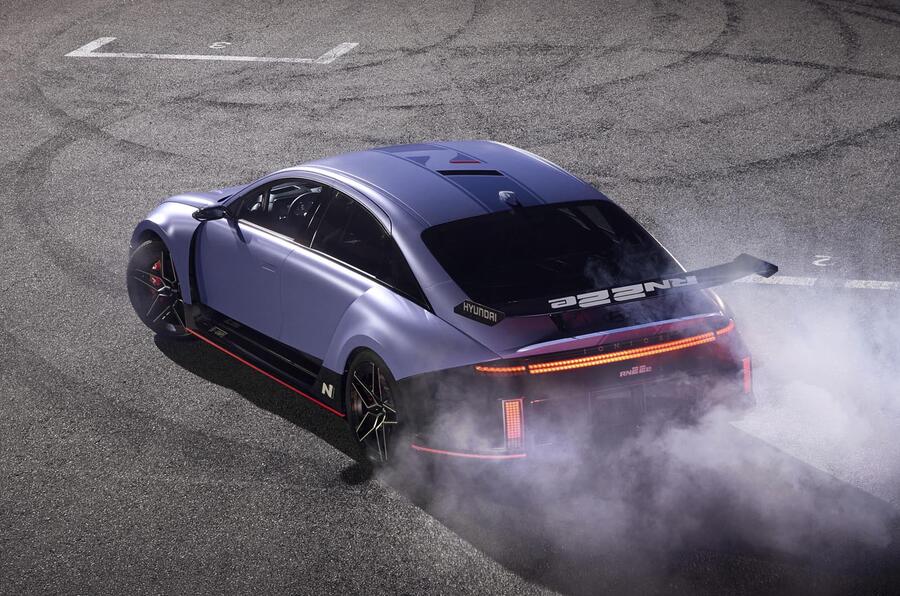
Mechanically, it will be going out on track to develop new ways of injecting engagement into electric performance cars and avoid them feeling simply like faster versions of standard EVs.

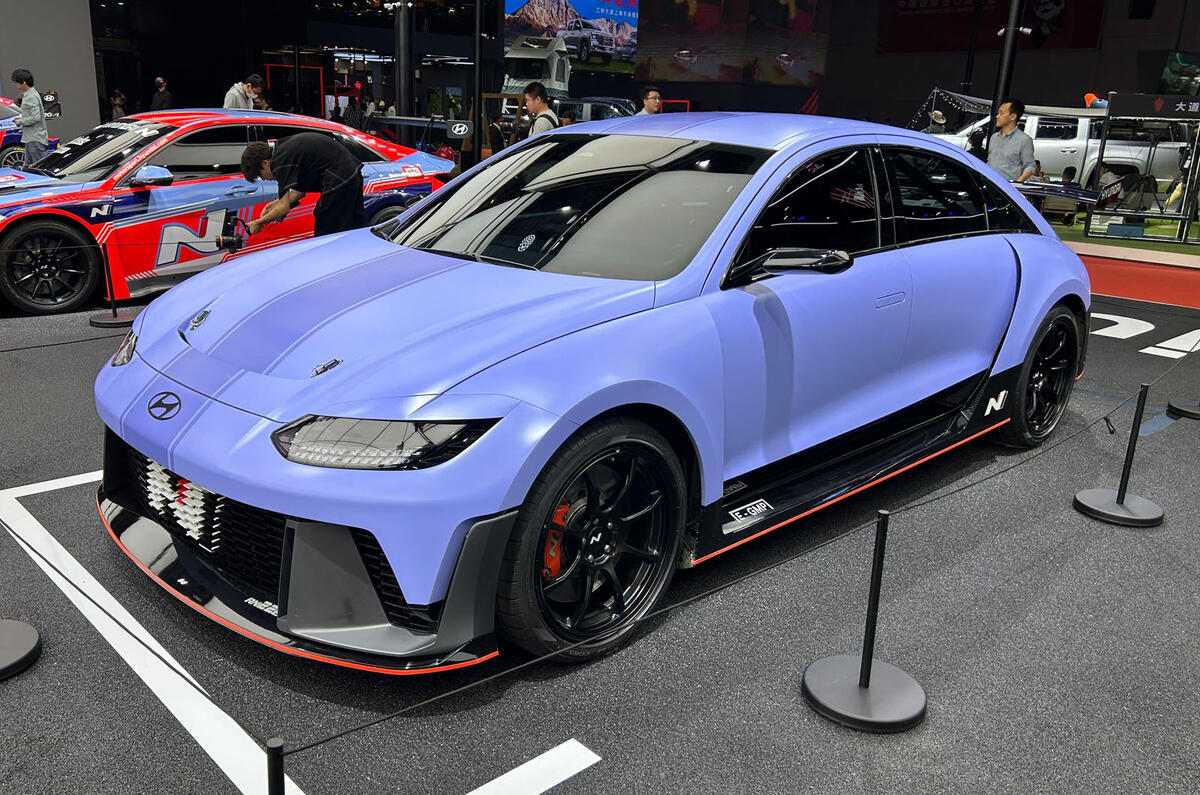
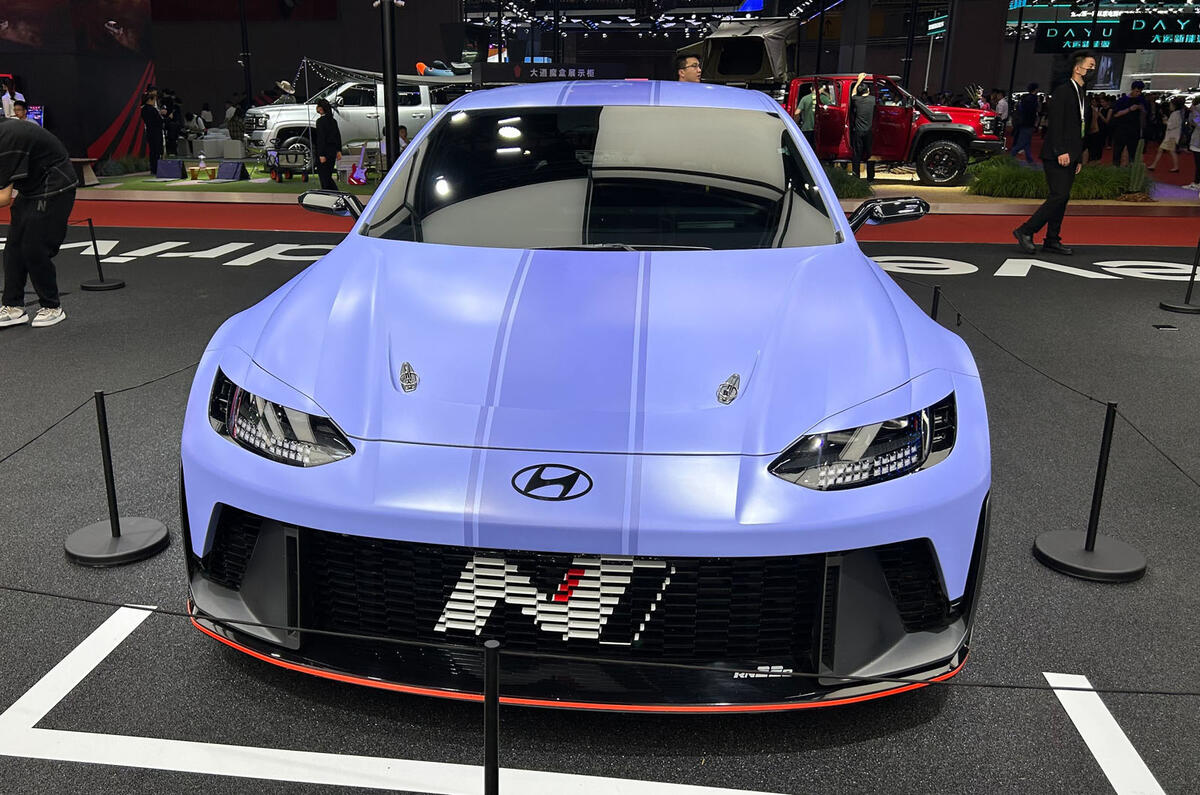
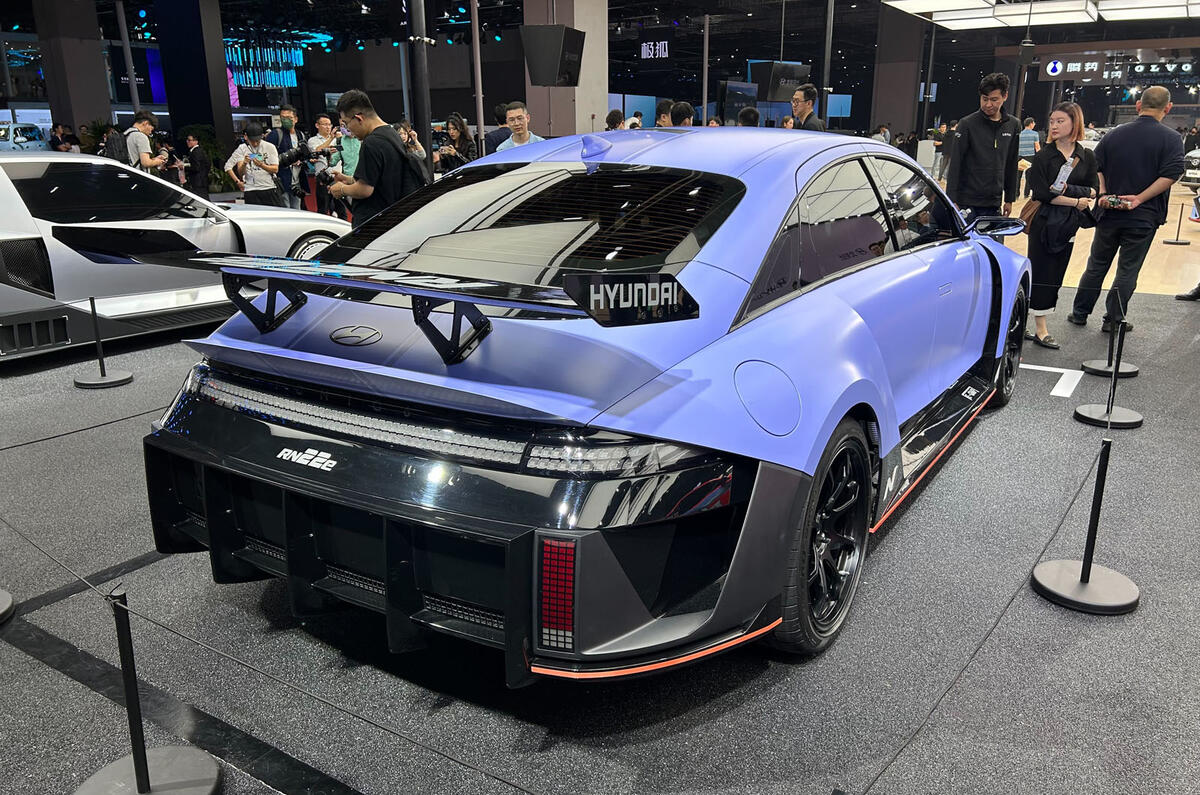
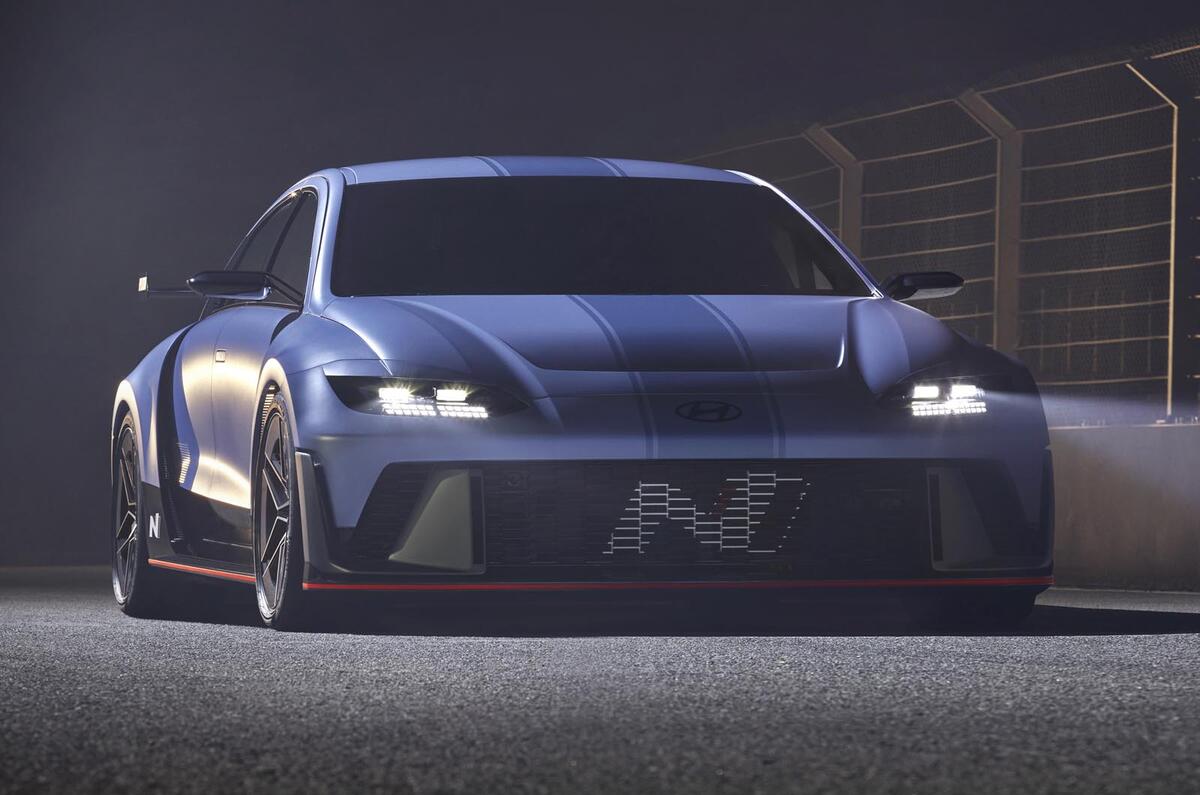

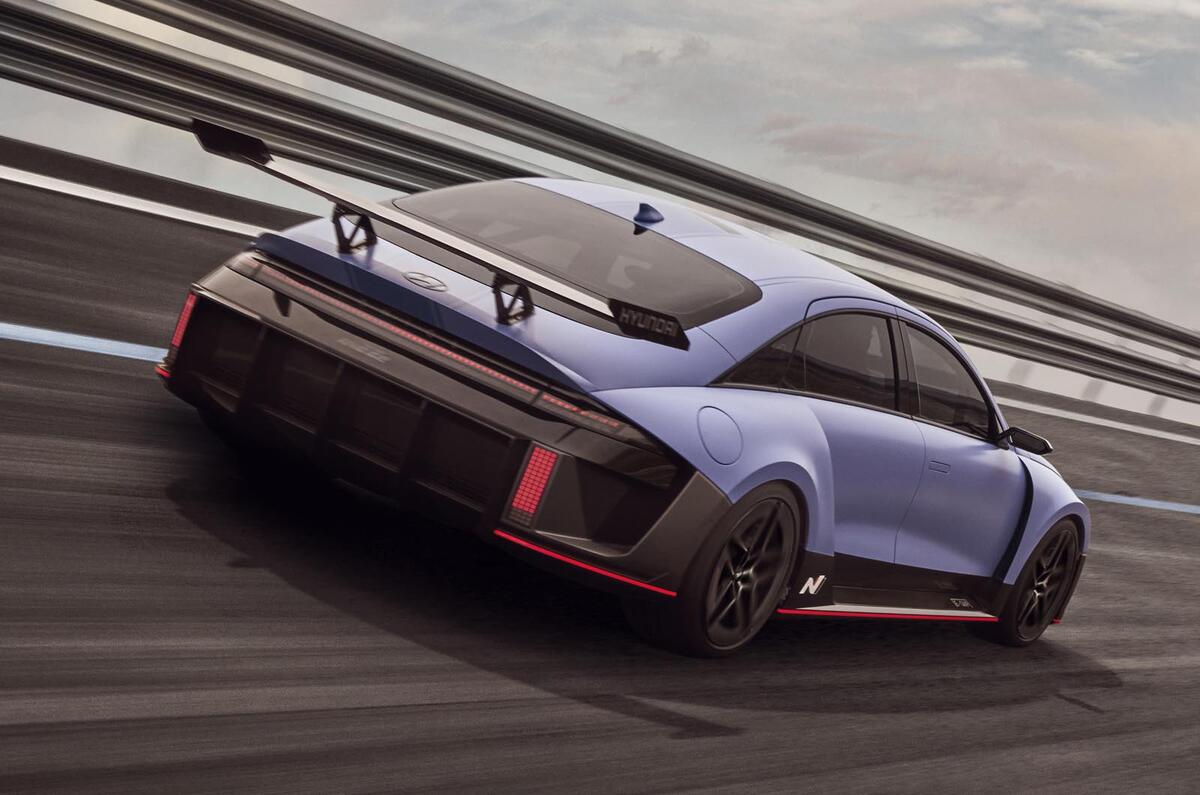
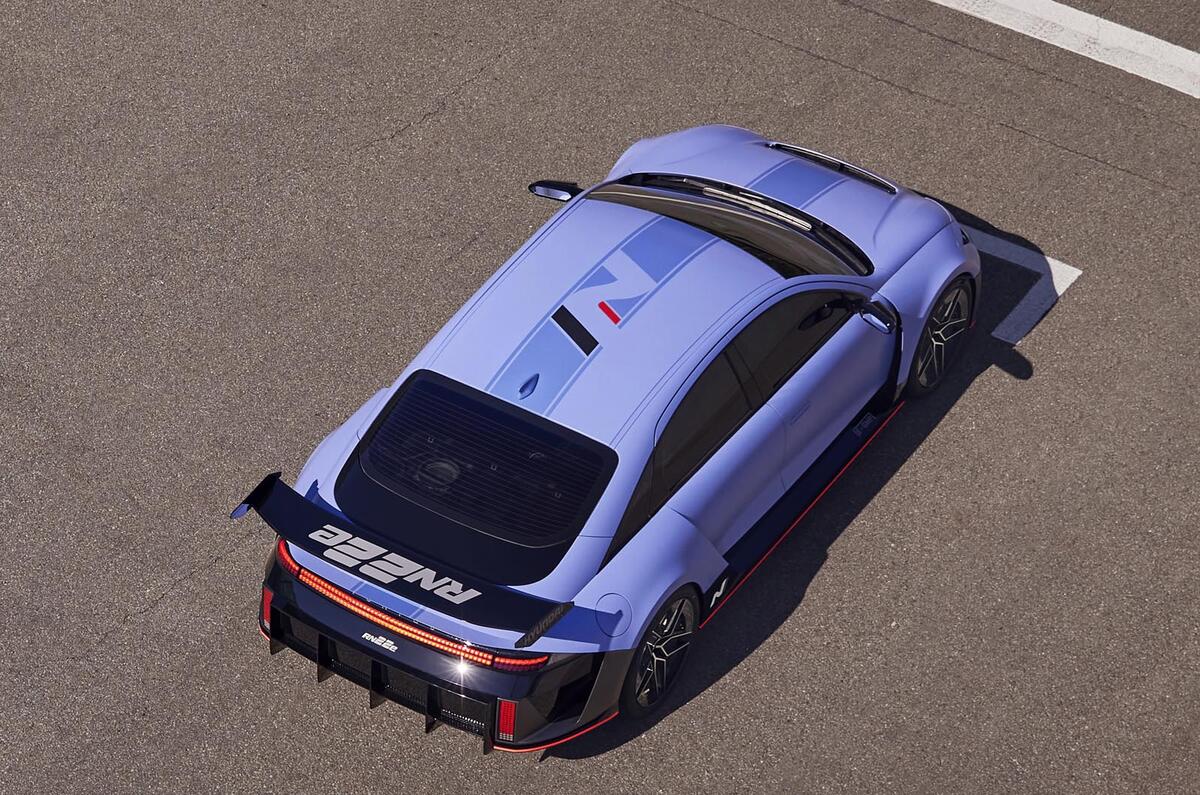
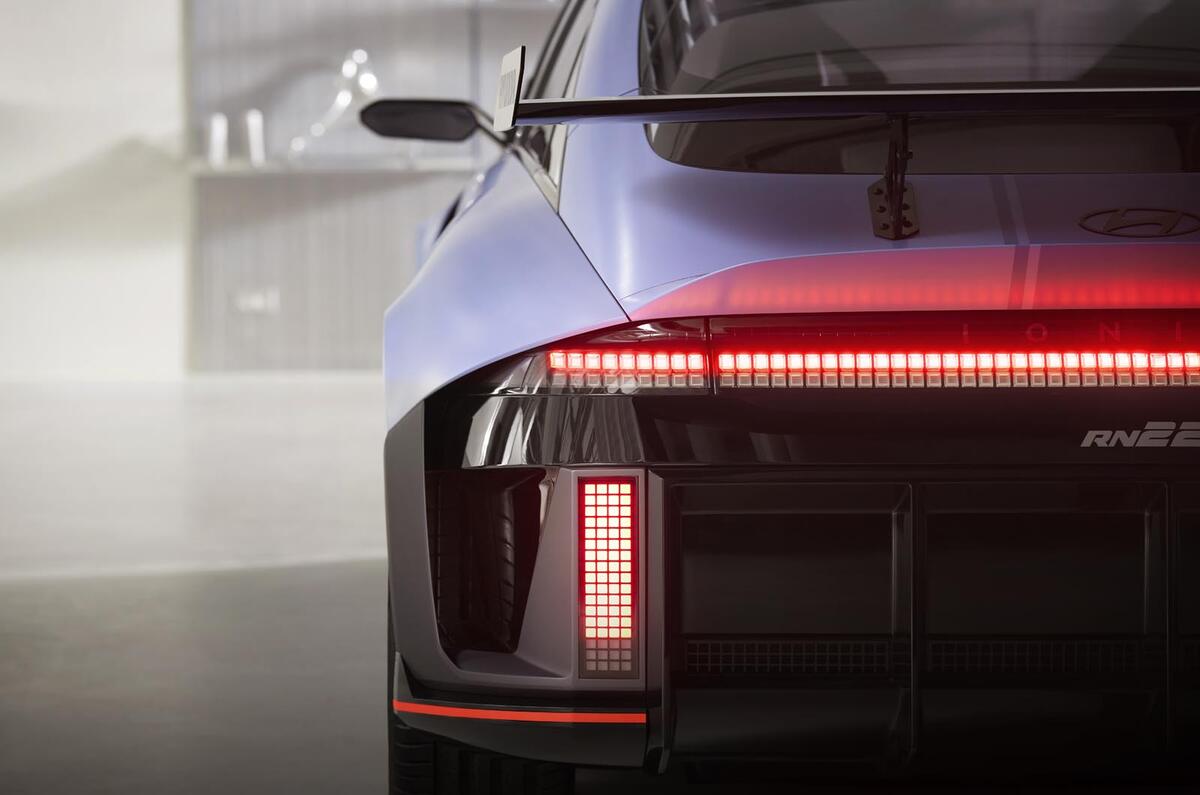

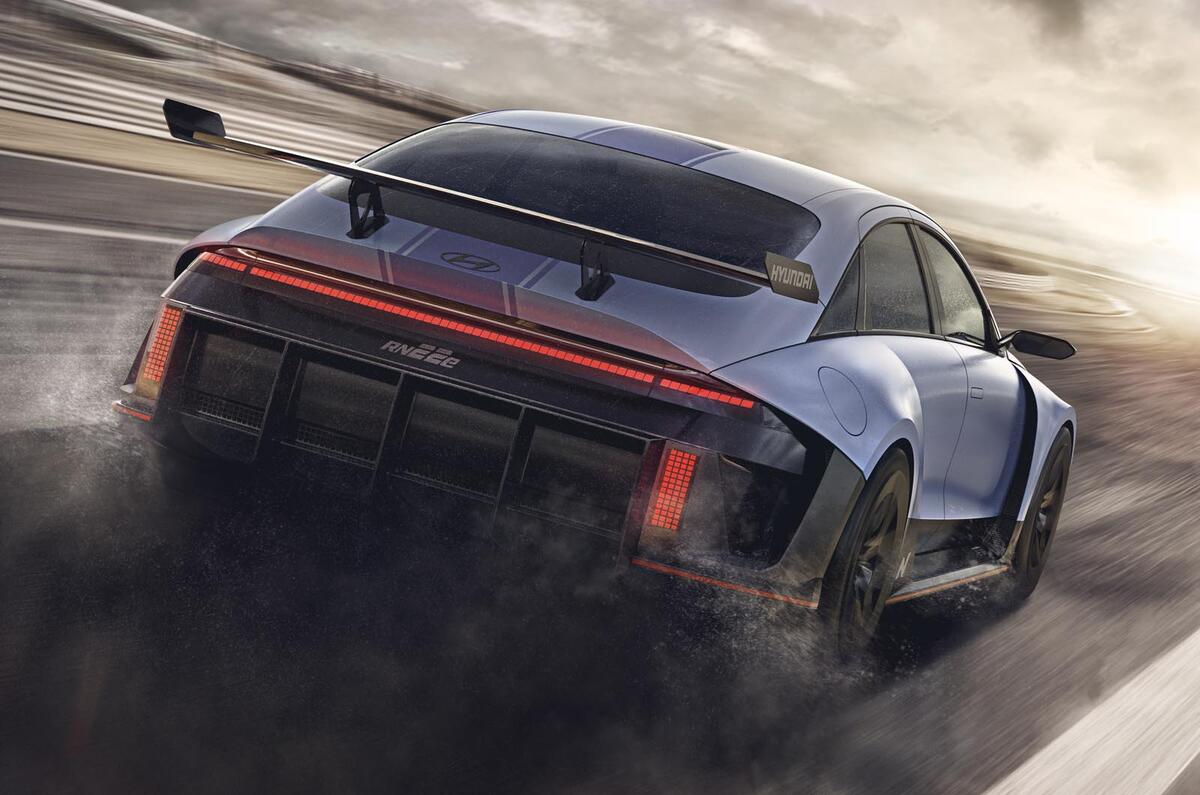
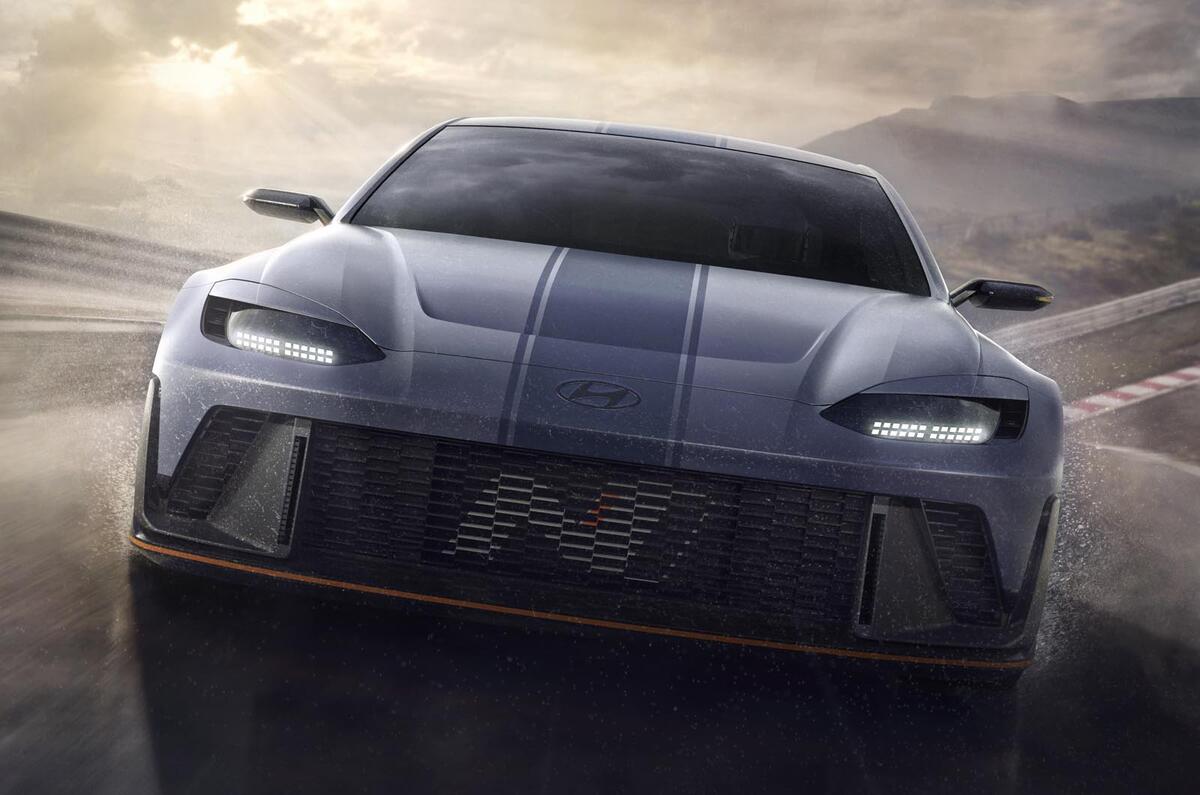

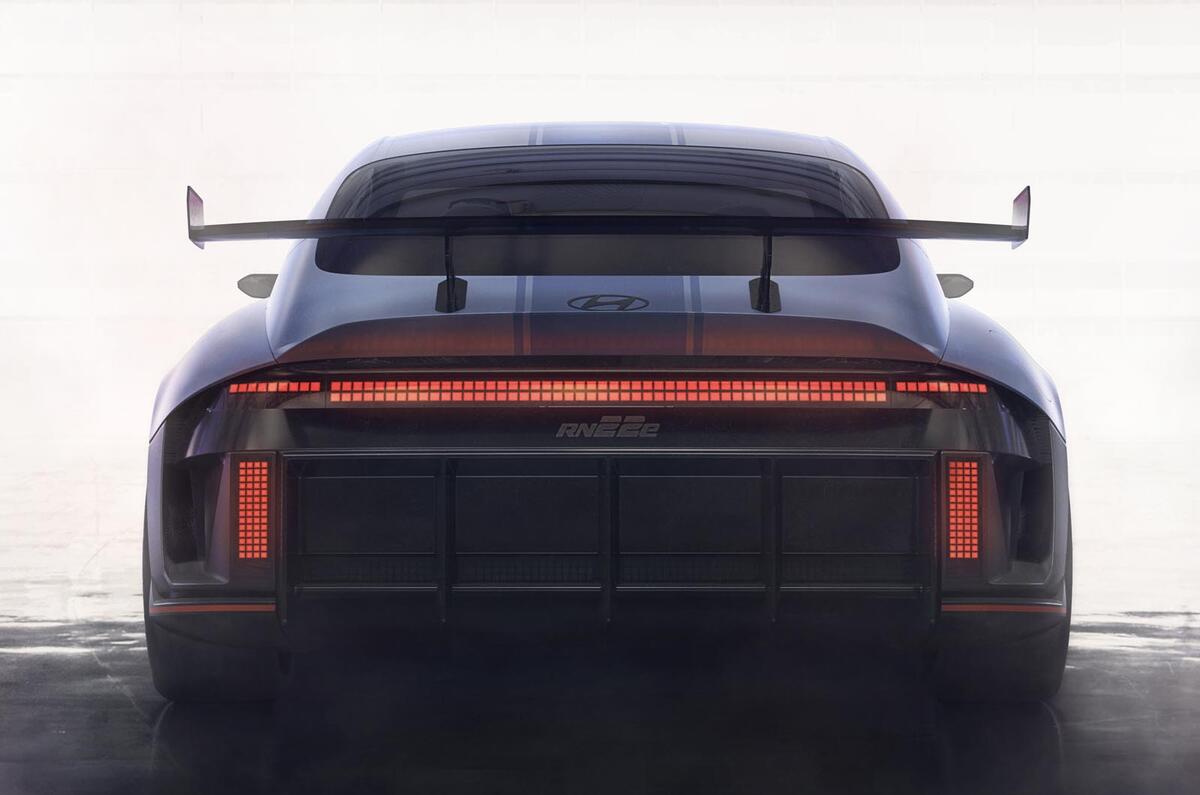

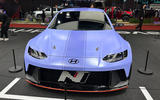

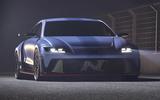
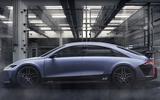
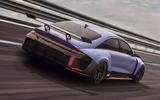

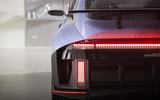

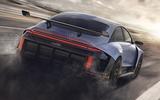
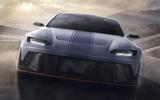
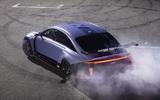


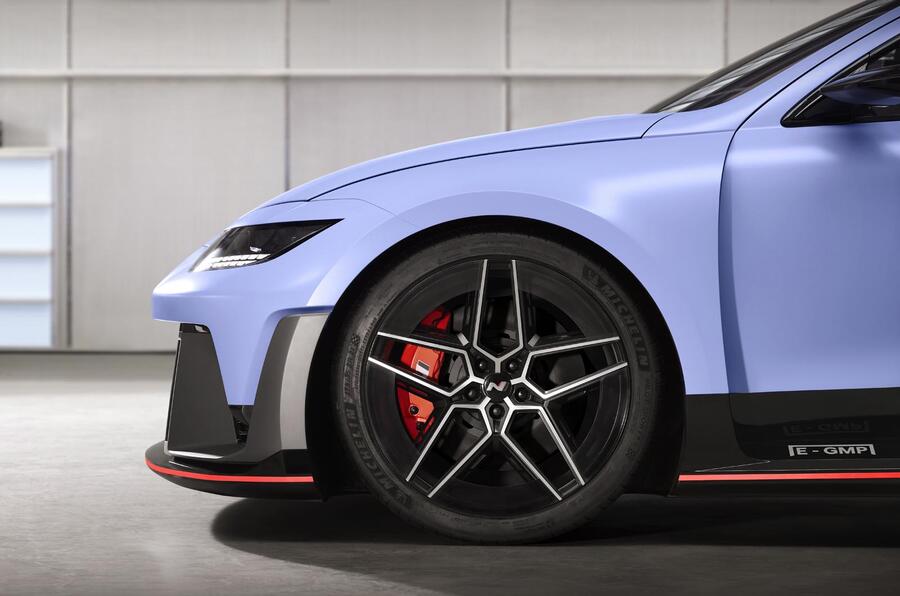





Join the debate
Add your comment
Difficult to be anything but derivative with cars as it's pretty much all been done already. You know that to be the case when manufacturers start recycling their back catalogue. Having said that, I quite like the retro one-offs that Hyundai do. They do seem to let their design team have a bit of fun quite often.
Hyundai seem to be enjoying themselves at the mo'
If by "enjoying" you mean copying other companies' designs, then yes. The other car looks like a 300ZX, this looks like a Beetle. Nice looking cars but incredibly derivative.
Name me another brand that isn't doing exactly what Hyundai are doing, there isn't , at the moment, a car design that doesn't look like other brands.
Can't think of anything that Kia makes that looks like it came from another manufacturer's back catalogue. Or Audi. Or BMW. Or Volkswagen. Or Jaguar. Or Mini. Or Peugeot.
There's seven. That enough for starters?